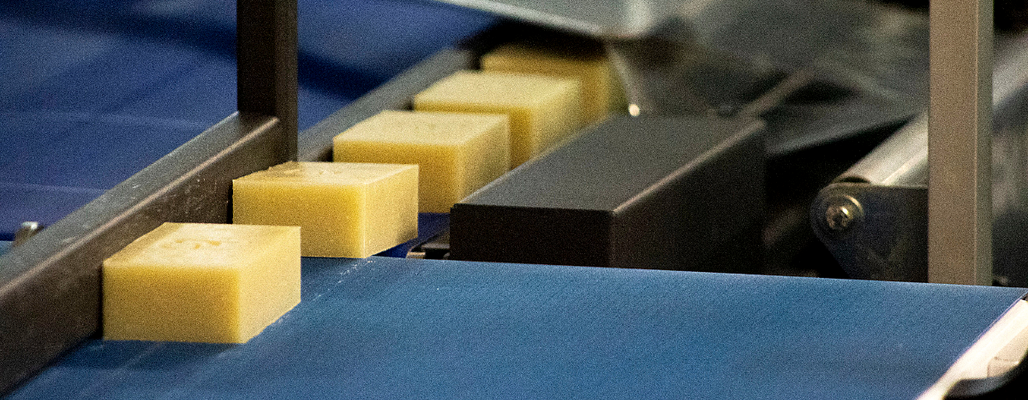
We had a customer ask us the other day, “Why would anyone want to use something as caustic as lye on their skin?” We also had a guy on the phone comment, “Lye doesn’t seem very organic, man.” And by “organic,” he meant groovy.
On the organic point, he was right. Lye isn’t organic, but it is one of the allowable non-organic ingredients included in USDA organic standards since their inception. On the groovy point, we disagree. The truth about lye in soap-making is simple: there is no true soap, as defined by the FDA, without lye. There’s also a huge difference between “made with lye” and “containing lye.”
None of this is news to people in the soap business. For the public at large, though, and even for some soap-makers, the subject can be confusing. Lye, after all, is also known as caustic soda, and soap made from lye is what frontier women made in cauldrons that was great on clothes but murder on skin.
Many perceptions of lye have nothing to do with modern soap-making. But if you’re in the business of making or selling soap, these perceptions persist and are part of your life. The good news is you can always fall back on chemistry, which is where the truth lies. You’re not using lye on your skin. You’re using soap.
The Chemistry of Soap
Here’s the truth to fall back on: soap is the result of a chemical reaction called saponification that occurs between lye and a type of molecule called a triglyceride (a fat or oil), where both substances are chemically transformed, creating soap and natural glycerin. Neither of the original ingredients exists anymore. All the lye – either sodium hydroxide for bar soap or potassium hydroxide for liquid soap – is consumed in the reaction.
So, while soap is made with lye, it doesn’t contain lye. Modern methods and measuring scales – as opposed to what was available to frontier women – allow soap-makers to use the proper mixture of oils and lye, ensuring that all lye is consumed. In addition, many soap-makers, including Botanie Soap, add more oil than is required for the chemical reaction, further ensuring the neutralization of lye and adding to the soap’s moisturizing qualities. Including extra fats in the mixture is known as superfatting.
Lye “Alternatives”

Still, some soap-makers make a point of positioning themselves as lye “alternatives,” insisting – for example – they use glycerin instead, or make their soap without the involvement of lye. In both these cases, misinformation seems to be a factor. Glycerin is a natural result of saponification. And the first step in creating bases for melt-and-pour soap-making – the most convenient home-based process? Saponification.
Changing the Perceptions of Soap
Understanding chemistry can go a long way toward informing public perceptions, including those of your customers. As negative as some perceptions of lye can be, all soap is made with lye – whether it’s bar or liquid – and soap made well can be great for your skin. The distinction between soap and commercial cleansers is especially clear with liquid soaps. Since most weren’t made with lye, what you’re buying isn’t soap, but a factory-made detergent for the skin.
Perceptions have their own momentum, and they can cause consumers to avoid products they might otherwise use. But perceptions can also be changed. Lye isn’t a villain, nor is soap made with lye something to avoid. In fact, in the hands of good soap-makers, it’s a product made with your skin and health in mind, and is far superior in overall quality and gentleness to commercial, non-soap cleansers. Lye is what you should be using.
